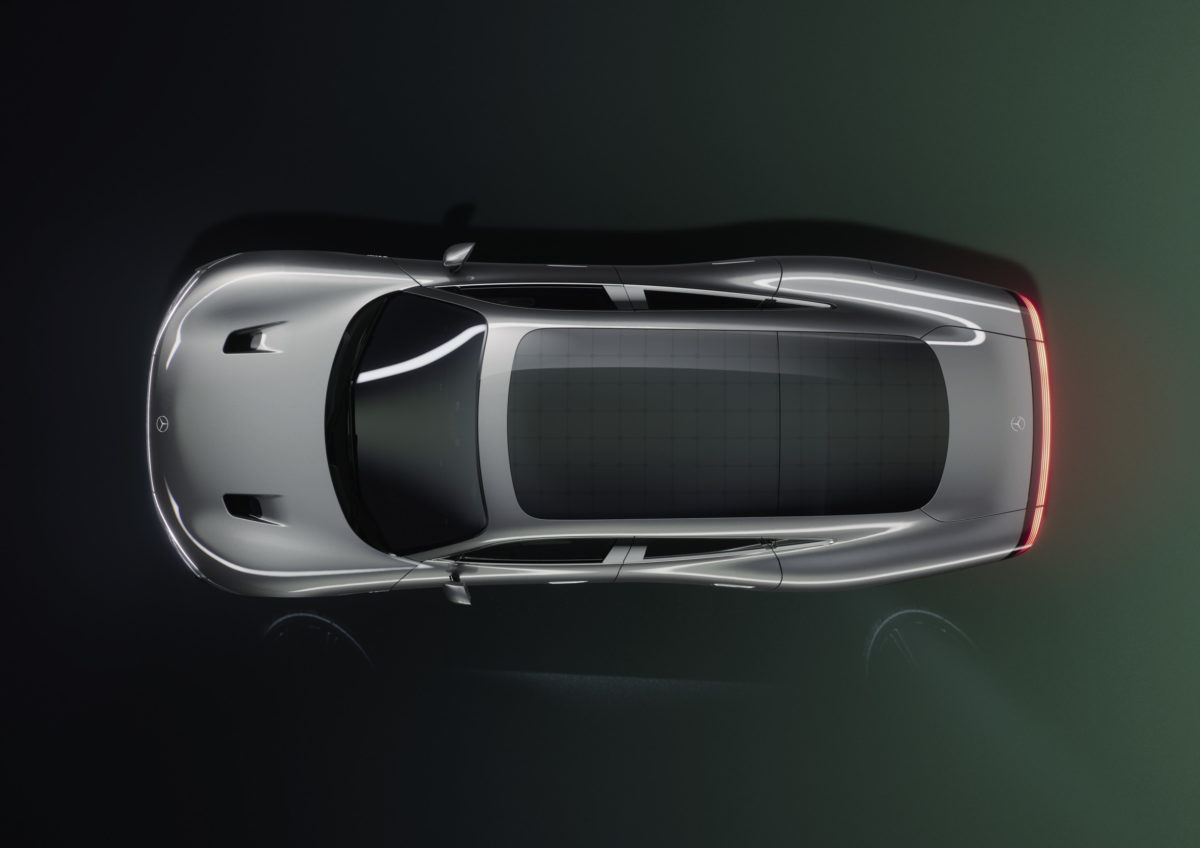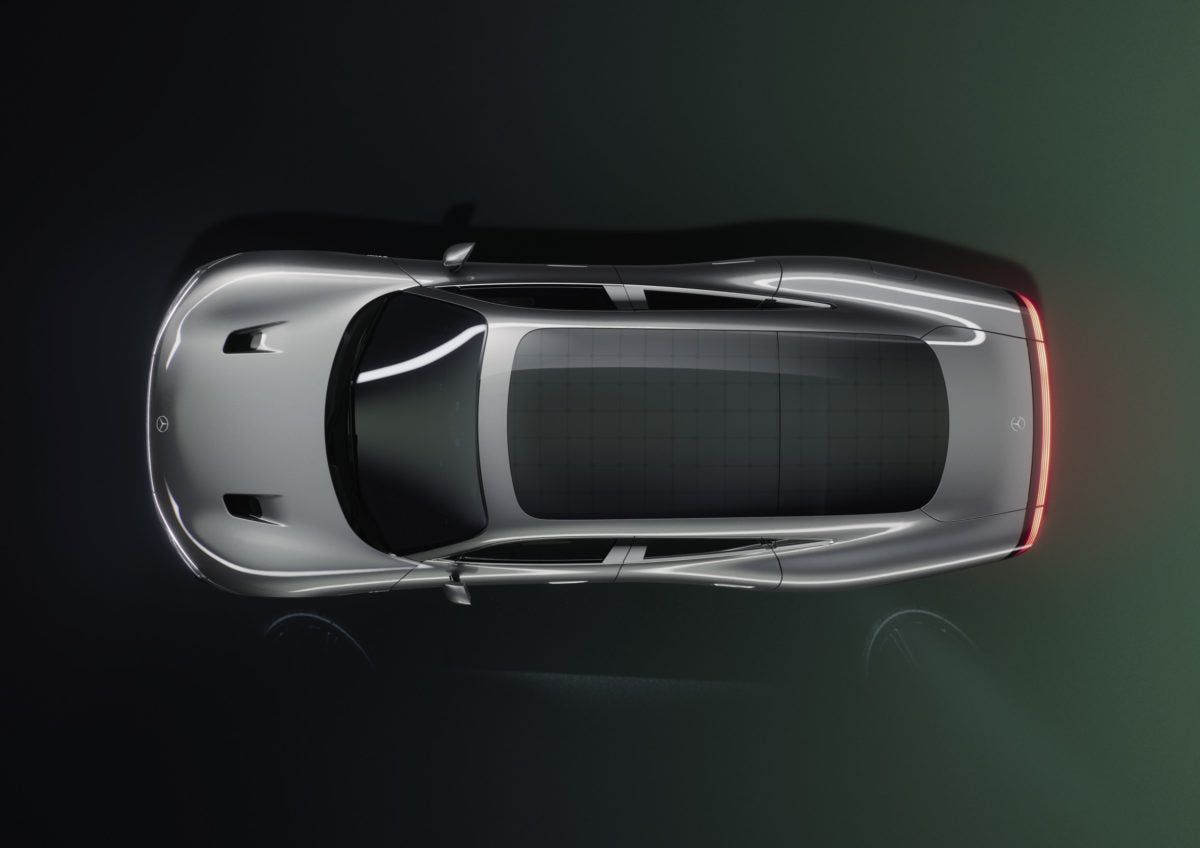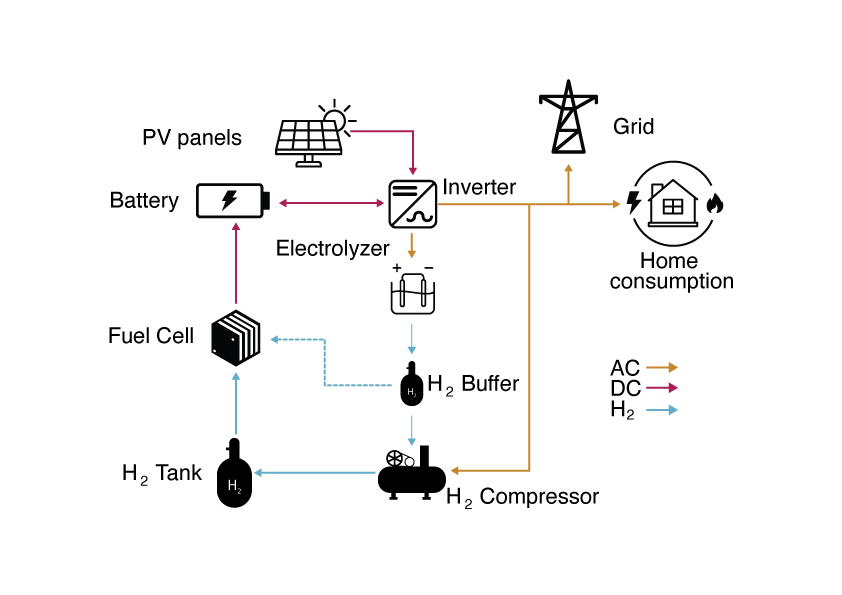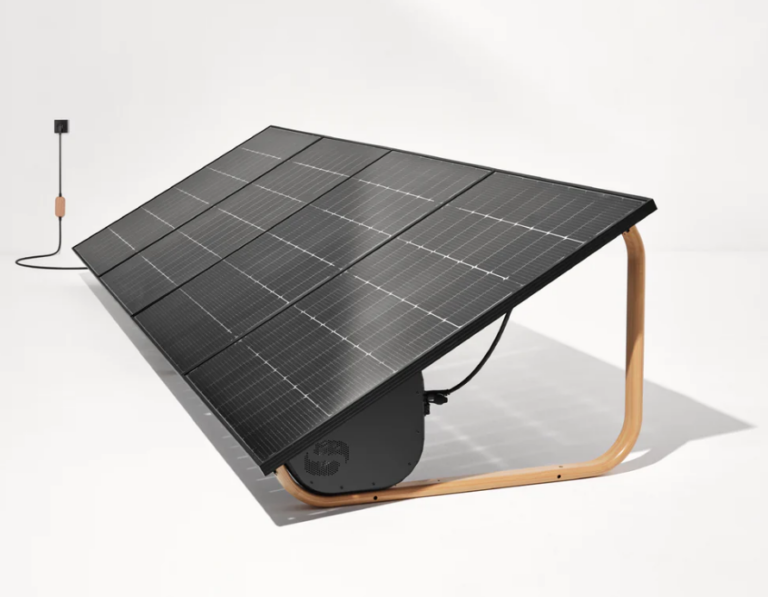https://www.pv-magazine.com/2024/04/30/iec-develops-standards-for-vehicle-integrated-photovoltaics/
IEC develops standards for vehicle-integrated photovoltaics

Vehicle-integrated PV on a Mercedes-Benz model
Image: Mercedes-Benz
Replacing polluting fossil fuels with the light of the sun to fuel a car almost sounds too good to be true. Solar cars – electric vehicles that feature solar panels – promise to offer a low-carbon way to drive with less need for electric vehicle charging stations.
Meanwhile, US company Aptera recently announced it had raised over $33 million to fund the initial stages of production for its solar electric vehicle, equipped with 700 W of solar cells and able to drive over 600 km on a single charge. Already, more than 46,000 reservations have been made, though it is not clear when it will be available. Meanwhile, in Japan, the Puzzle van, a tiny electric van using solar panels to charge its battery, was unveiled late last year and is due to be available for purchase from 2025.
But for these projects to be viable, the quality, performance and durability of the solar panels need to be assured. IEC International Standards provide internationally agreed specifications and guidelines to ensure the quality, safety and efficiency of products, services and systems. Conformity assessment determines whether a product, service or process complies with specified standards. Standardization also provides a common language and framework fostering interoperability, efficiency, safety and overall reliability.
IEC TC 82: Solar photovoltaic energy systems, produces international standards enabling systems to convert solar power into electrical energy. These include the 14-part IEC 60904 series of standards, which covers all the requirements and measurements of photovoltaic (PV) devices and their components. Recognizing the need for specific guidance documents in this area, the committee has formed a project team, IEC TC 82 PT 600, for vehicle-integrated photovoltaic (VIPV) systems to develop two new technical reports in this area.
Convenor of IEC TC 82 PT 600, Kenji Araki said, “It is the quality and performance of the solar panel that will dictate the value of the solar car. A fair and scientific measure of this quality, therefore, is essential. Without an internationally agreed measure, it is difficult to ensure the safe and performant deployment of this technology. There will be a greater risk of fake or low-quality components that will not only hamper the advancement of the technology but create safety risks.”
Araki added that it is important to have practical and reproducible testing methods specific to VIPV because the context in which solar panels are used and thus behave is very different from those in other situations such as on houses or buildings.
For starters, vehicles are not static, so the amount of sunlight they receive can change dramatically. Thus, there can be sudden changes in power outputs when a vehicle moves in or out of a shaded area, for example, so technology needs to compensate for this. “We need a calculation shift,” he said, “and this can be complex and challenging to understand so it is important to have a detailed and comprehensive procedure for manufacturers to refer to.”
Popular content
Araki explained the project team is currently focusing on standards and guidance for testing, operation modeling and energy rating, but they are also preparing to address other challenges. One of those is environmental and mechanical load tests. Unlike standard solar PV devices, the VIPV receives huge mechanical loads and experiences different environmental conditions.
For instance, the current photovoltaic modules can dampen vibrations of around 0.1 to 10 Hz really well, Araki pointed out, which are typical frequencies in architectural structures, but the vibration of the vehicle roof can be as high as 2,000 Hz. “In these situations, the molecular chains in the module sealing materials cannot catch up with the moving speed, so there is a significant risk that there will be resonance in the solar cell itself.”
The standards being used could also be applied in other settings such as drones and high-altitude platform stations (HAPS) and may help in rating PV power plants installed in mountains and forests. “In such installations, the shading loss in winter may be huge, leading to a lower performance ratio and therefore a higher cost of producing the energy. But it is hard to estimate. The new technical reports we are working on will help to solve this problem,” Araki underlined.
Clare Naden is a writer at the IEC, with more than 25 years of journalism and communications experience in New Zealand, the UK, Australia and Switzerland.
The International Electrotechnical Commission (IEC) is a global, not-for-profit membership organization that brings together 174 countries and coordinates the work of 30.000 experts globally. IEC International Standards and conformity assessment underpin international trade in electrical and electronic goods. They facilitate electricity access and verify the safety, performance and interoperability of electric and electronic devices and systems, including for example, consumer devices such as mobile phones or refrigerators, office and medical equipment, information technology, electricity generation, and much more.
The views and opinions expressed in this article are the author’s own, and do not necessarily reflect those held by pv magazine.
This content is protected by copyright and may not be reused. If you want to cooperate with us and would like to reuse some of our content, please contact: editors@pv-magazine.com.



